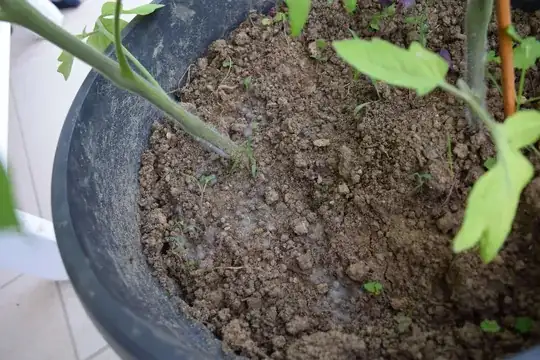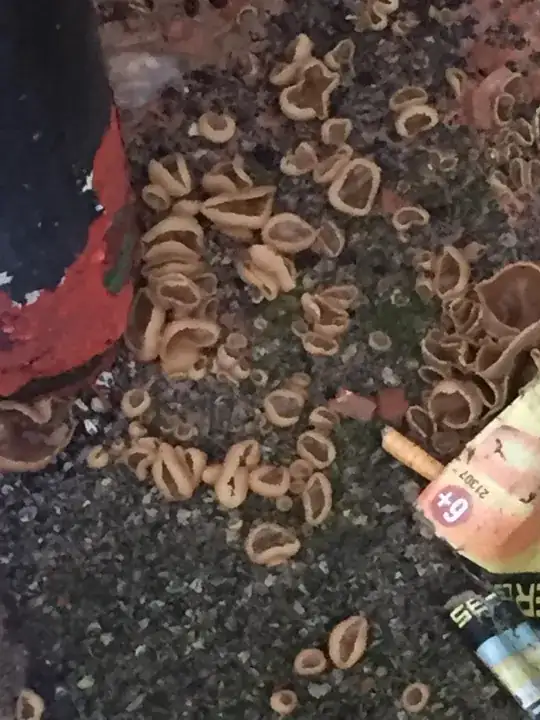Celosia as a genus contains two horticulturally common species used in the garden and which have two different flower forms:
- Plumed celosia, (Celosia argentea var. plumosa formerly named Celosia plumosa)
- Crested or Coxcomb celosia (Celosia argentea var. cristata, formerly named Celosia cristata)
- Wheat celosia (Celosia spicata)
The celosia in the horticultural trade are bred from any of these species, and their seedlings come true to type. So, your assumption that if you planted coxcomb celosia seeds then you would get coxcomb celosia flowers is correct, because the coxcomb form, called "fasciation", is genetically controlled (see here for a short discussion on fasciation that specifically mentions celosa). This is why the two species have now been grouped under the Celosia argentea botanical name: one variety produces plumes, the other produces coxcombs. I have found no evidence that interbreeding of the varieties will induce the coxcomb variety to set seeds that only produce the plumed variety's flowers. I'm happy to edit or delete this answer if anyone (including me, 'cause I'll keep looking) can find evidence otherwise.
In other words, the seedlings you have are not from the saved seeds you planted, unless you accidentally saved seeds from a C. argentea v. plumosa plant. The fact that you didn't get what you expected indicates that the seeds were either NOT from C. argentea v. cristata or that you had planted C. spicata or C. plumosa in that garden the previous year and those plants set seed, which then sprouted this year.
There is one possible but, I think, rather unlikely possibility: the coxcomb flower from which you saved seeds was a C. argentea v. plumosa plant that had spontaneously produced fasciated flowers. As noted in the site I linked to above:
Those changes [fasciation] can occur because of spontaneous genetic mutations, disease infections, physical damage caused by insects or other environmental stresses.
If this were the case (especially if not a spontaneous mutation), then the fasciated plumosa plant would've produced plumosa seeds (same if the fasciation was on a C. spicata plant). One indication of this being the case for your seedlings is if the coxcomb flower you collected seeds from was the only coxcomb plant in a bed of plumed or wheat celosia.

